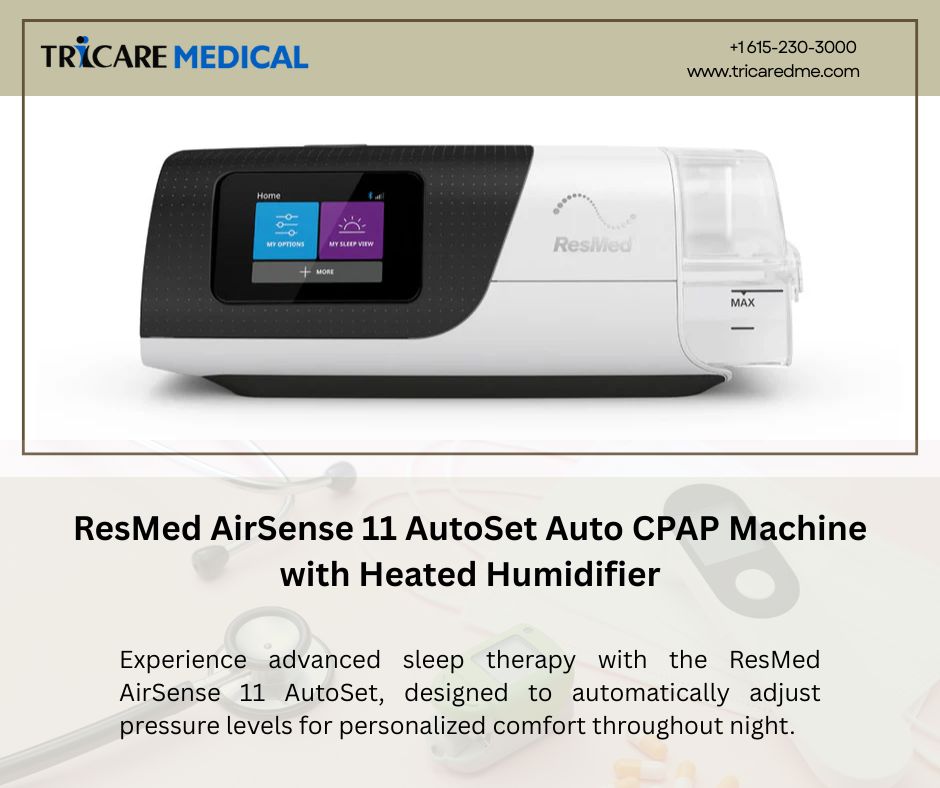How to Clean and Maintain Your ResMed CPAP Mask for Longevity
- 7 min reading time
Maintaining your ResMed CPAP mask is crucial for ensuring its longevity and effectiveness in providing you with optimal sleep therapy. Proper cleaning and care can extend the life of your mask, prevent the buildup of harmful bacteria, and ensure that your CPAP therapy remains comfortable and effective. In this guide, we'll explore the best practices for cleaning and maintaining various ResMed CPAP masks, including the ResMed AirFit F40 Full Face CPAP Mask with Headgear, AirFit F20, AirTouch F20, and others. We'll also discuss the importance of regular maintenance and how it can impact your overall CPAP therapy experience.

Why Regular Cleaning and Maintenance Matter
Cleaning your CPAP mask is not just about hygiene; it's about maintaining the integrity and performance of the mask. Over time, oils from your skin, dust, and other particles can accumulate on the mask, leading to reduced effectiveness and potential skin irritation. Regular cleaning helps to:
- Prevent Bacterial Buildup:A clean mask reduces the risk of bacterial and fungal growth, which can cause infections or respiratory issues.
- Extend Mask Longevity:Proper maintenance can prolong the life of your CPAP mask, saving you money on replacements.
- Ensure a Proper Seal:Regular cleaning ensures that the mask continues to seal properly, preventing air leaks and ensuring effective therapy.
How to Clean Your ResMed CPAP Mask
Different types of CPAP masks require different cleaning methods. Below, we'll cover the cleaning instructions for various ResMed CPAP masks, including the ResMed AirFit F40 Full Face CPAP Mask and the AirFit F20 series.
Cleaning the ResMed AirFit F40 Full Face CPAP Mask
The ResMed AirFit F40 Full Face CPAP Mask is designed for comfort and efficiency, but like all CPAP masks, it requires regular cleaning to maintain its performance.
Daily Cleaning:
- Disassemble the Mask:Remove the mask from the headgear. Detach the cushion from the frame and the headgear.
- Wash the Components:Use warm, soapy water to wash the mask frame and cushion. Avoid harsh soaps that can damage the silicone cushion.
- Rinse and Air Dry:Rinse all components thoroughly with clean water and allow them to air dry away from direct sunlight.
Weekly Cleaning:
- Deep Clean the Headgear:Once a week, soak the headgear in warm, soapy water. Rinse it thoroughly and air dry.
- Inspect for Wear and Tear:Check the mask and headgear for any signs of wear, such as cracks or tears, and replace them if necessary.
Cleaning the ResMed AirFit F20 Full Face CPAP Mask
The AirFit F20 Full Face CPAP Mask by ResMed is another popular option that requires regular care to ensure optimal performance.
Daily Cleaning:
- Disassemble the Mask:Separate the cushion from the frame and headgear.
- Wash the Components:Clean the cushion, frame, and elbow with warm, soapy water. Use a soft brush to clean any crevices.
- Rinse and Dry:Rinse all parts thoroughly with clean water. Lay the components flat on a clean surface to dry.
Weekly Cleaning:
- Clean the Headgear:Wash the headgear with mild soap and water. Rinse thoroughly and allow it to air dry.
- Check for Damage:Inspect the mask components for any signs of wear, such as a stretched headgear or a worn cushion, and replace them as needed.
Cleaning the ResMed AirTouch F20 Full Face CPAP Mask
The AirTouch F20 Full Face CPAP Mask by ResMed features an UltraSoft memory foam cushion that requires special care.
Daily Cleaning:
- Disassemble the Mask:Remove the memory foam cushion from the mask frame.
- Wipe the Cushion:Gently wipe the memory foam cushion with a CPAP wipe or a damp cloth. Do not soak or submerge the cushion in water.
- Clean the Frame:Wash the mask frame and elbow in warm, soapy water. Rinse and allow to air dry.
Weekly Cleaning:
- Headgear Maintenance:Wash the headgear with mild soap and water, rinse thoroughly, and air dry.
- Inspect the Foam Cushion:Check the memory foam cushion for any signs of wear or degradation. Replace the cushion if it shows signs of wear.
Replacing Components for Optimal Performance
Even with regular cleaning, CPAP masks and their components will eventually wear out and need to be replaced. Here’s when you should consider replacing key components of your ResMed CPAP mask:
- Cushion Replacement:The cushion is the part of the mask that makes contact with your face. It can wear out over time, leading to leaks and discomfort. For example, the Cushion Seal for AirFit F20 and F20 For Her Full Face Mask by ResMed should be replaced every 1-3 months.
- Headgear Replacement:The headgear, such as the Replacement Headgear for AirFit/AirTouch F20 & F20 For Her Full Face CPAP Masks by ResMed, should be replaced every 6 months or sooner if it becomes stretched or loses its elasticity.
- Mask Frame:The mask frame, while more durable, can also wear out over time. If you notice any cracks or if the frame no longer holds the cushion securely, it’s time to replace it.
Additional Tips for Maintaining Your ResMed CPAP Mask
- Use Distilled Water:When cleaning your CPAP mask, use distilled water to avoid mineral deposits, which can degrade the materials over time.
- Avoid Harsh Chemicals:Never use harsh cleaning chemicals or household cleaners on your CPAP mask, as they can damage the silicone and other materials.
- Store Properly:Store your CPAP mask in a cool, dry place when not in use. Avoid exposure to direct sunlight, as UV rays can degrade the materials.

Conclusion
Maintaining and cleaning your ResMed CPAP mask is essential for ensuring effective therapy and extending the life of your equipment. Whether you're using the ResMed AirFit F40 Full Face CPAP Mask with Headgear, the AirFit F20, or the AirTouch F20, following the recommended cleaning practices will help you get the most out of your CPAP therapy. Regular cleaning, timely replacement of components, and proper storage will ensure that your mask remains comfortable and effective, allowing you to enjoy restful, uninterrupted sleep night after night.
By incorporating these maintenance routines into your daily and weekly schedule, you can ensure that your CPAP mask continues to provide the support you need for optimal sleep apnea treatment. If you notice any wear and tear on your mask or if it's becoming less effective, consider replacing parts like the cushion, headgear, or frame to maintain a secure fit and optimal performance.



